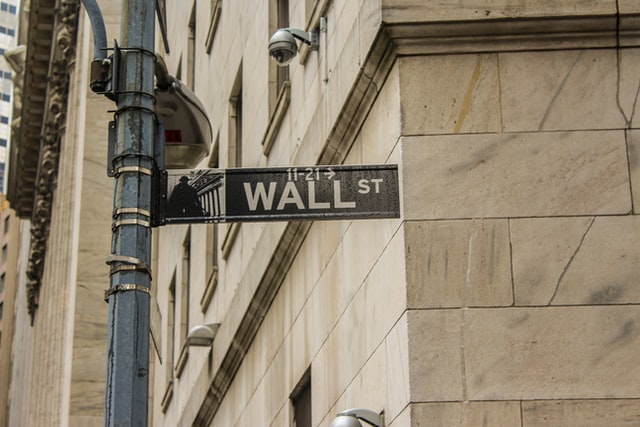Key investment points:
The index volatility of the banking sector increased this week (5.16-5.20), with stable valuation and good liquidity in the capital market. As of the last trading day of this week, the price to book ratio was 0.59, the valuation level increased slightly week on week, and the market heat decreased. The average daily trading volume was 815 billion yuan (week on week - 2.4%). This week, the central bank's wide caliber (including 7-day reverse repo) net recovered 10 billion yuan, and the 7-day reverse repo interest rate remained at 2.10%. The overall liquidity was at a good level; On Friday (May 20), it was announced that the weighted value of dr007 was 1.58%, which increased by 3bps on a weekly basis, lower than the reverse repo rate, with good liquidity and good transmission of interest rate level.
Adjust differentiated housing credit policies and improve the expectations of the real estate market. On May 15, the central bank and the China Banking and Insurance Regulatory Commission issued a notice: 1) for resident families who buy ordinary self owned houses with loans, the lower limit of the interest rate of commercial individual housing loans for the first set of houses shall be adjusted to not less than the quoted interest rate in the loan market for the corresponding period by 20 basis points (i.e. not less than 4.4%), and the lower limit of the interest rate policy of commercial individual housing loans for the second set of houses shall be implemented in accordance with the current provisions. 2) According to the "policy for the city", according to the changes in the real estate market situation of each city within the jurisdiction and the regulation requirements of the urban government, independently determine the lower limit of the interest rate of commercial individual housing loans for the first and second houses in each city within the jurisdiction. The policy is a structural adjustment. For the first house just needed and needs to be implemented according to the city, the minimum loan interest rate is given guidance. It has a positive impact on cities with great pressure on real estate de urbanization (some second, third and fourth tier cities), so as to improve the overall prosperity of the real estate market and optimize the quality of bank assets. Although the return on bank assets may be reduced in the short term, considering the dimension of asset quality, the merger effect is good for the bank sector.
The policy of benefiting enterprises and people has been continuously introduced, and the economic expectation has been better improved. With the gradual improvement of logistics and supply, and the continuous release of financial and monetary policy support, we believe that the elasticity of economic recovery in the future can be expected. Under the background of stable performance, the current valuation level is at a historical low, and we are optimistic about the subsequent performance of the banking sector.
Market performance and suggestions
The banking industry index rose 0.81% this week, weaker than the market. This week, the Shanghai Composite Index rose 2.02%, the Shenzhen Component Index rose 2.64%, the gem index rose 2.51%, and the Shanghai and Shenzhen 300 index rose 2.23%. It is suggested to focus on: 1) elastic regression of high-quality joint-stock banks ( Ping An Bank Co.Ltd(000001) , Industrial Bank Co.Ltd(601166) , China Merchants Bank Co.Ltd(600036) , China Citic Bank Corporation Limited(601998) ); 2) Undervalued state-owned banks: Postal Savings Bank Of China Co.Ltd(601658) , China Construction Bank Corporation(601939) ; 3) High quality urban rural commercial banks ( Bank Of Chengdu Co.Ltd(601838) , Bank Of Ningbo Co.Ltd(002142) , Bank Of Jiangsu Co.Ltd(600919) , Bank Of Nanjing Co.Ltd(601009) , Bank Of Hangzhou Co.Ltd(600926) , Jiangsu Jiangyin Rural Commercial Bank Co.Ltd(002807) , Shanghai Rural Commercial Bank Co.Ltd(601825) ).
Risk tips
Risk of repeated outbreaks, monetary policy and other major adverse events
